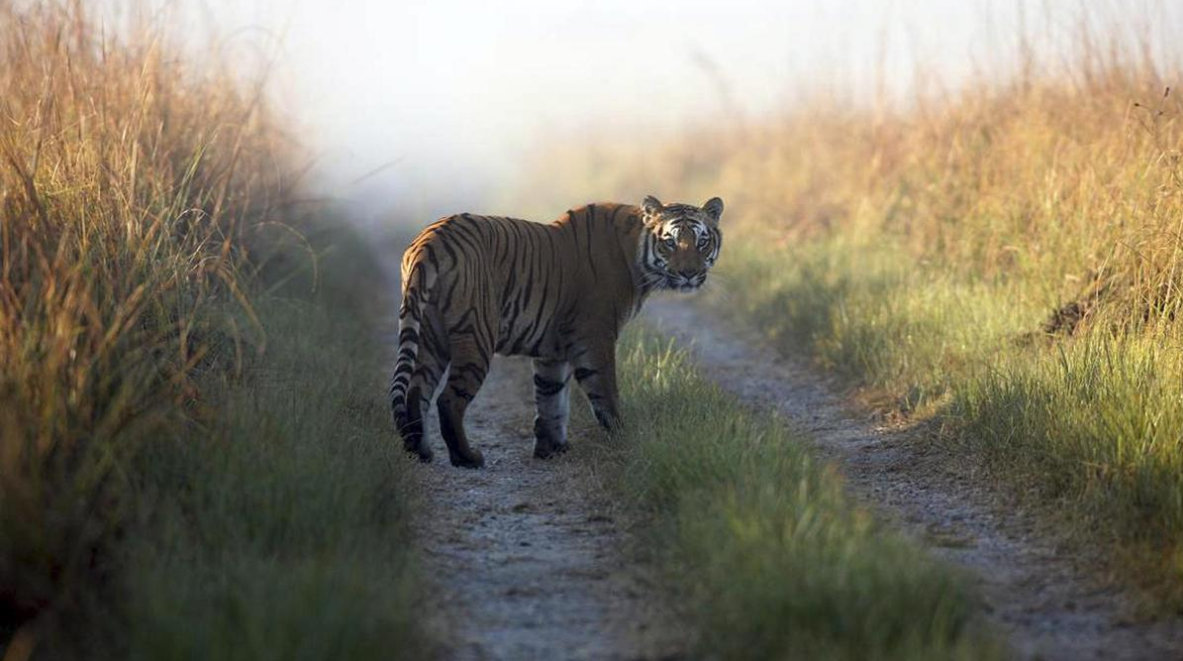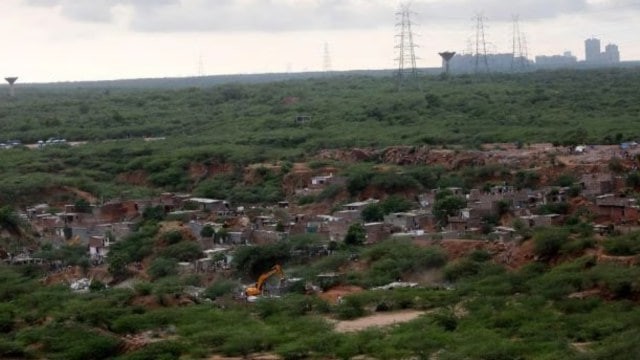



Human-wildlife conflict in India is an increasingly urgent issue driven by habitat loss, population growth, and environmental changes that force wildlife closer to human settlements. This conflict results in crop damage, livestock losses, and sometimes human injuries or fatalities, posing a serious challenge to both conservation and rural livelihoods. Effective mitigation requires a combination of habitat restoration, use of technology such as early warning systems, community involvement, and government policies that emphasize compensation and coordinated response. Treating human-wildlife conflict as a natural disaster ensures faster relief and better management. Examples from various Indian states show that targeted interventions, including protected corridors and community education, can promote coexistence and reduce conflict, safeguarding both people and wildlife. The overall goal is sustainable coexistence that balances conservation priorities with socio-economic needs.

Copyright infringement not intended
Picture Courtesy: The Hindu
The Supreme Court has asked the Uttarakhand government to completely restore the damaged areas of the Corbett Tiger Reserve. The State must work with the Central Empowered Committee to prepare a restoration plan within two months, start removing all illegal buildings within three months, and submit a full compliance report to the Court within one year.
Human–wildlife conflict is when wild animals and people come into contact in ways that cause harm—such as damage to crops, livestock attacks, property destruction, or danger to human life. It also includes situations where humans harm or kill wildlife in response.
For e.g. Elephants destroying crops in villages near forests, Tigers or leopards attacking livestock or, in rare cases, humans etc.
 Key highlights of the Judgment:
Key highlights of the Judgment:Restoration of Corbett Tiger Reserve
Regulation of Tourism and Safaris
Human-Wildlife Conflict Recognition
Buffer and Core Area Notifications
Eco-Sensitive Zones (ESZs)
Global Responsibility: The judgment emphasized India’s global ecological responsibility, noting that the country is home to over 80% of the world’s wild tiger population.
Restoring and Managing Wildlife Habitats: Conserving and rehabilitating wildlife habitats is crucial for minimizing animal movement into human settlements. Restoration involves actions such as creating wildlife corridors, protecting existing forests, and adopting land-use practices that enable wildlife to survive within natural landscapes.
Example: In the Kalsubai-Harishchandragad Wildlife Sanctuary, Maharashtra, rapid habitat fragmentation and degradation led to increased conflict between locals and wildlife. Interventions included developing wildlife corridors and restricting certain activities within the sanctuary, resulting in reduced animal encroachment and decreased crop and livestock losses.
Safeguarding Crops and Farmlands: Farmers can protect their crops and fields using a variety of strategies such as solar-powered fencing, deterrent lights, and bio-fencing with plants like cactus. Diversification of crops to reduce the appeal of particular fields to wild animals is also effective.
Case Study: In Assam, elephant proof trenches and solar-powered fences were constructed along the borders of farmlands, significantly decreasing crop raids by elephants and reducing losses for the local agrarian community.
Establishing Early Warning Systems: Early warning systems enable communities to anticipate and prevent wildlife encounters. Technologies include sensor-based alert systems, watchtowers, and mobile-based messaging networks that notify villagers about animal movement.
Case Study: In the Valparai landscape (Tamil Nadu), Nature Conservation Foundation set up a network using LED alert boards and SMS notifications to warn communities about elephant presence, resulting in a decline in both human and elephant casualties.
Involving and Educating Local Communities: Educating communities about wildlife behavior and conflict management is vital. Training programs and participatory conservation initiatives foster coexistence by equipping residents with useful knowledge and conflict resolution skills.
Example: In the villages near the Gir National Park, Gujarat, "Wildlife Mitras"—volunteer villagers—serve as first responders and mediators in conflict situations, helping to reduce tensions between the local Maldhari community and Asiatic lions. Community outreach has also been essential in the Bodo community in Assam, where collaboration with local authorities has improved human-elephant coexistence.
Human-wildlife conflict in India demands urgent and coordinated solutions, blending habitat restoration, technology, and active community engagement. Successful interventions—like early warning systems and local vigilance—show that coexistence is possible when people and wildlife are equally prioritized. Treating such conflicts with disaster management tools helps communities recover faster and strengthens conservation for the future.
Source: The Hindu
|
Practice Question Q. Critically examine the key drivers behind the increasing instances of human-wildlife conflict in India. Suggest comprehensive, evidence-based strategies to mitigate these conflicts, illustrating your answer with suitable examples or case studies. (250 words) |
Human-wildlife conflict occurs when wild animals pose a threat to human life, property, livestock, or crops, or when humans negatively impact wildlife. It leads to economic losses, injuries, or fatalities on both sides.
Major causes include habitat loss and fragmentation due to deforestation and development, agricultural expansion attracting animals, livestock grazing near forests inviting predators, climate change altering wildlife movement, and poor waste management attracting omnivores.
The Northeast and Eastern India (Assam, West Bengal, Odisha), Chandrapur in Maharashtra, and parts of the Western Himalayas are key conflict zones involving elephants, tigers, leopards, and other species.






© 2025 iasgyan. All right reserved